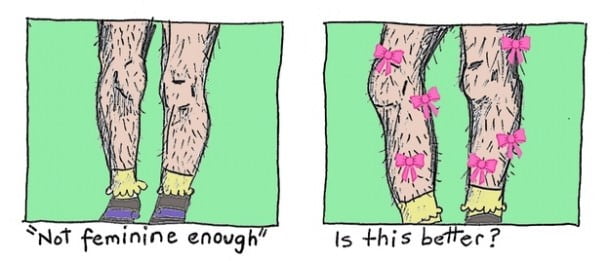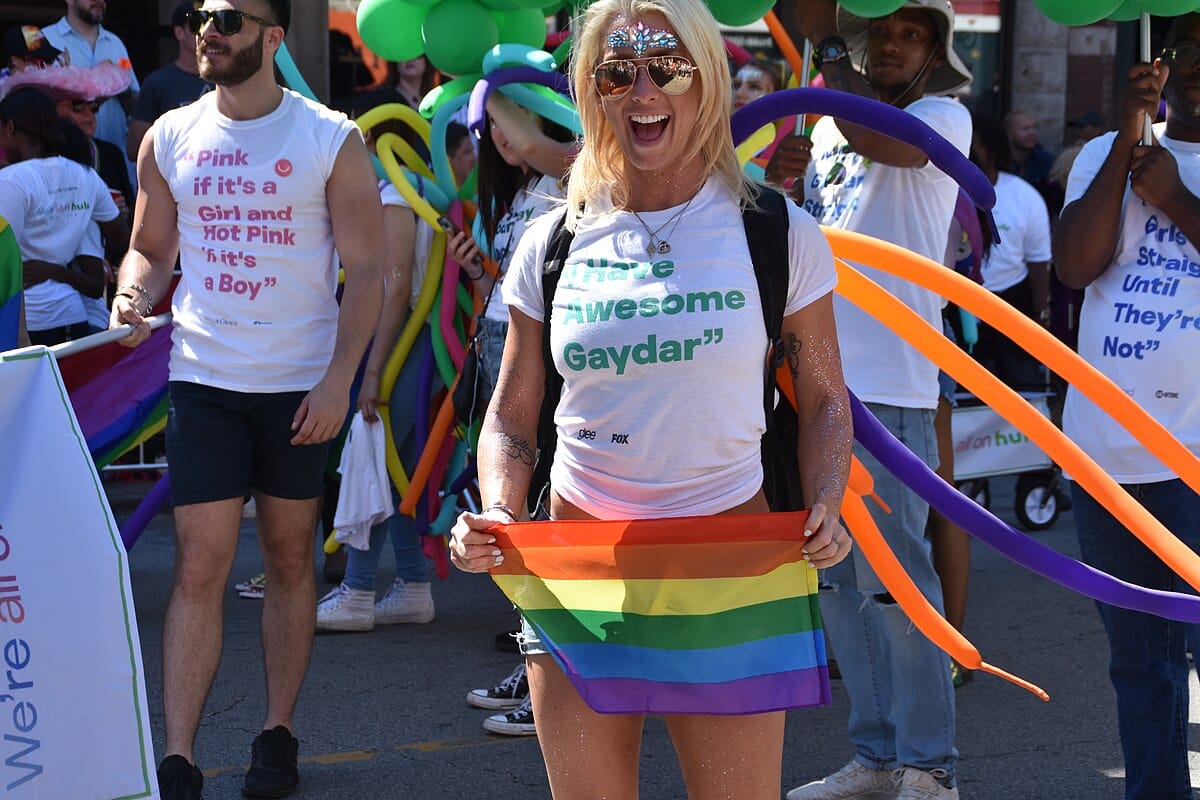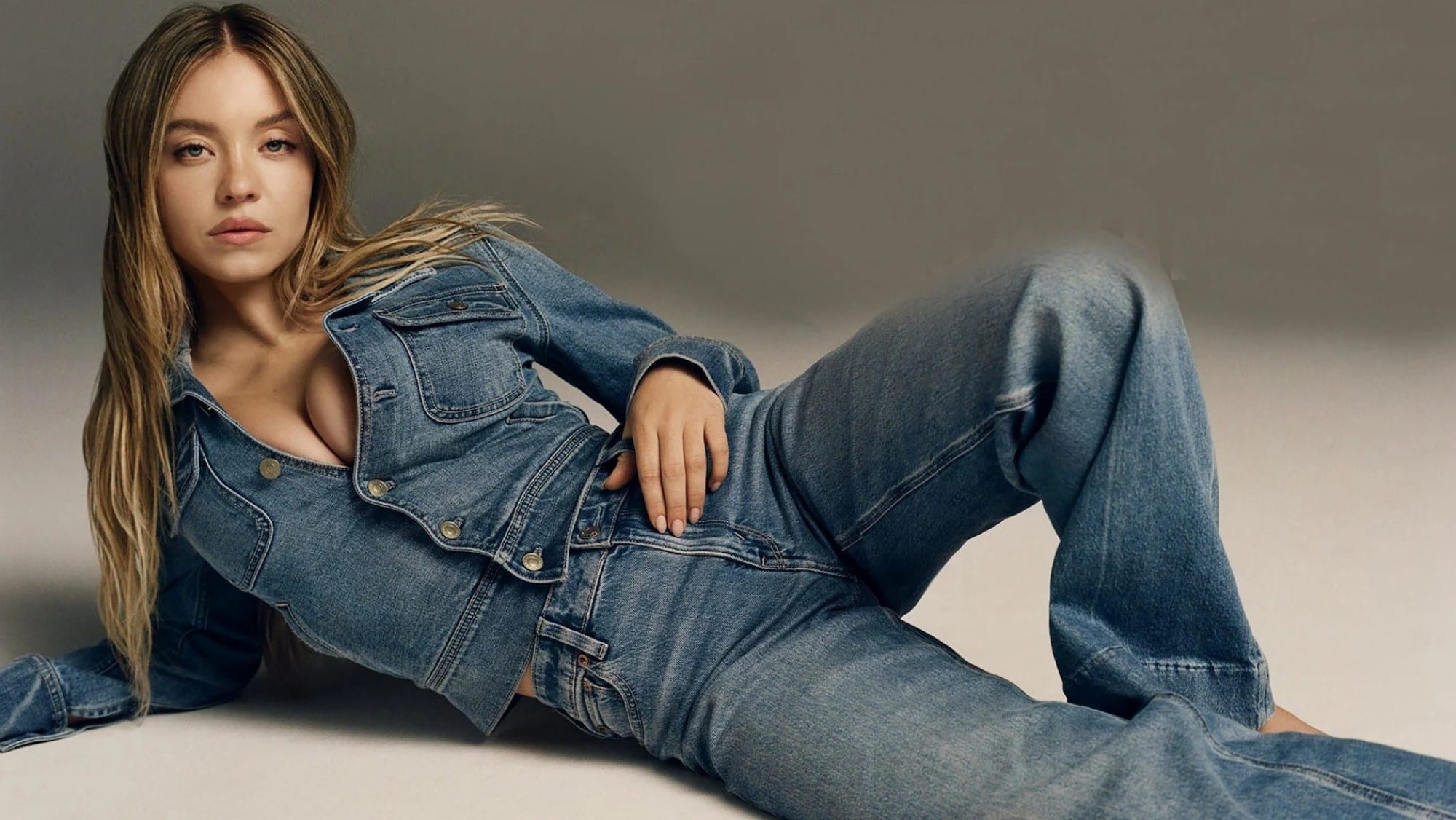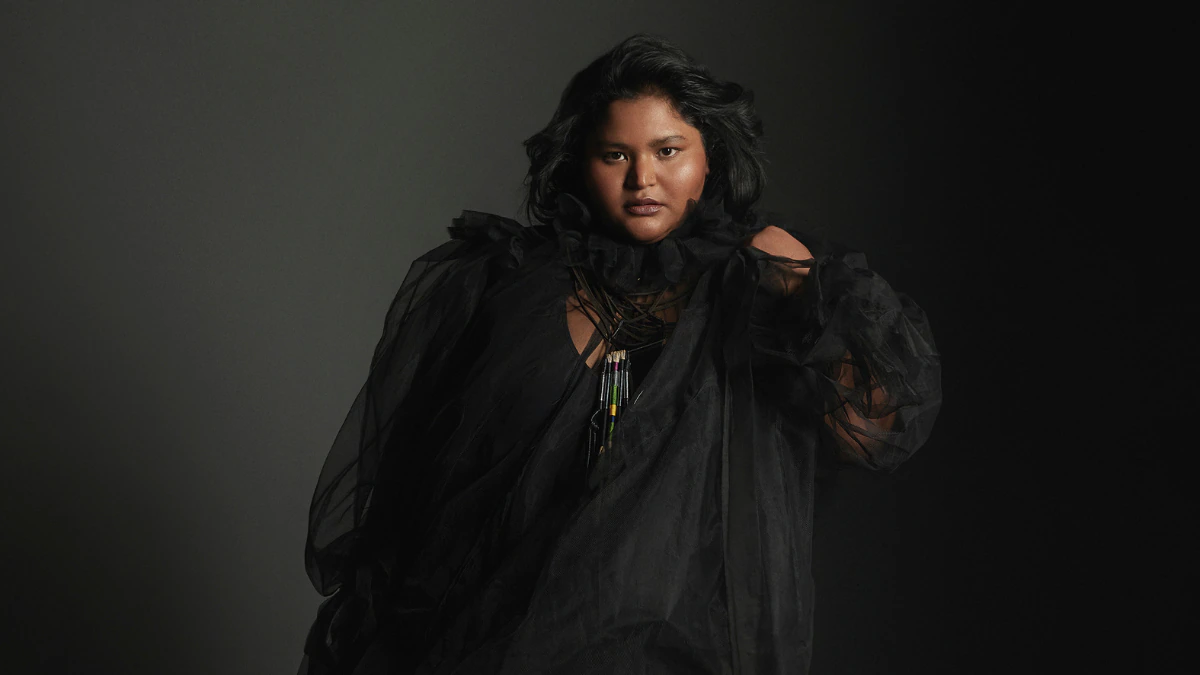Have you ever been to a beauty parlour and questioned your entire existence after being lambasted with a series of comments ranging from the quality of the hair on your head (too blasé) to the hair on your legs (too much)? Perhaps you were offered some skin brightening treatments to rid yourself of your tan – otherwise known as your melanin enriched skin? Speaking to several women across the country I have found that this is a pervasive issue. “ Aapki kaafi tanning ho rakhi hai, kuch karvaate nahin ho” (“You are very tanned, why don’t you get something done?”) or “Bleach lagvaya karo sara tan chala jayega” (“Get a bleach done, your tan will go away”) are common utterances in parlours across the country by the Indian parlour aunty.
But it isn’t just the local parlour aunties but other women too, and the whole beauty industry, that perpetuates the need for women to adhere to a certain type of beauty. A couple of days back, a lady who cooks for me had come on her weekly visit. She needed something from the top shelf so I promptly pulled up a chair and climbed up to get it. I retrieved the box and hand it to her. 10 minutes later, I got an SMS from the cook while she was in the kitchen: “Waxing Nisha +44xxxxxxxx” the message read. I looked at it, confused. Maybe she had sent it to me by mistake, I thought to myself. After thinking for five minutes the realisation dawned on me. I was wearing shorts and obviously my legs were not shaved to the prescribed standard. You know those legs they show in movies and advertisements, on which you can ice skate? Yeah, no, mine are not like that. So perhaps as a good will gesture I was sent that number so I can rid myself of my body hair.
But is it really the fault of the parlour aunty or the lady who thinks you don’t know what waxing is? The women who want you to adhere to a certain beauty ideal are not operating in a vacuum – they are a part of a society which has a unidimensional understanding of beauty and a woman’s self worth. It is evident that beauty parlours are commercial entities. Any business needs to push its services or products and the case of “beauty parlours” is no different, so is raging at the parlour aunty going to help? Not really. If the problem lies with the society which sets the beauty ideals for women, and further establishes these ideals as the main dimensions on which women’s worth is evaluated, then it is that very belief of the society which must be challenged.
Parlour aunties are just a part of a society which has a unidimensional understanding of beauty and a woman’s self-worth.
On the Fairness of Skin
Growing up with melanin in Delhi, one gets used to hearing comments like – “don’t play in the sun, you will get dark“. It is only when you come of age you understand that these are not benign words, but are loaded with the expectations of the society. A society which implicitly perpetuates the belief that in order to be perceived as attractive a woman ought to be fair.
India is diverse, no doubt, and this diversity has lent its way to the way we look as well. From different skin colours to eye shapes to hair types. But the obsession in India about fair skin does exist outside the hallowed walls of the Indian beauty parlour, so it is no doubt that it has percolated through into the consciousness of the women running these beauty parlours as well.
Researchers have found a gene SLC 45A2 which makes white tigers white. One form of this gene called allele A makes some Europeans and South Asians also fairer. Somehow we have managed to create a society where women (and men?) possessing this gene have become the ideal. Surprisingly such a distinction does not exist in Europe, where they spend money on getting spray on tans or buying plane tickets to the beach to actually get that bronze glow that the Indian parlour aunty warns you against. So unless they have figured out a way of implanting allele A gene in my dark or tanned skin, I don’t think any amount of treatment is going to help.
The genesis of fairness as being the ideal beauty could have its roots in the caste system or even adulation and need for emulation for the ruled classes through the years who were perhaps of a different skin colour than the native Indian population. But to perpetuate this conditioning is not only foolish but injurious to our collective sense of pragmatism. Matrimonial ads, discussions and commercial cinema all pander to this ideal, ostensibly since they are supplying what the society demands.
Also Read: Not Fair, Yet Lovely: On Being A Dark-Skinned Woman In India
On the Ideal standard of Beauty
The ideal beauty for the Indian society perhaps is a woman with no body hair, fair skin, a certain body type – thin, voluptuous. You don’t need to look far to obtain evidence – look at the matrimonial ads and the word “thin and fair” pops out with an alarming frequency. Every society has an ideal of beauty, so we can’t really say that it’s wrong to propagate an ideal in India. However, the problem arises when the conception of this ideal beauty becomes so mainstream that women are perceived as a collection of perfect hair, breasts, a tiny waist and the right skin colour and nothing more, and this is what is represented on TV and in the movies as well. Every time someone has to ask about a bride and groom who are getting betrothed, the question pertaining to the man usually is “What does the boy do?”, and the comment regarding the girl is “Oh, she is very pretty!”. So when a woman’s existence and self-worth is linked to her beauty (which must align with the ideal of beauty as constructed by the society), there will be instances where parlour aunties would want to rid you of all your “ugliness” to render you more attractive.
The solution lies in changing the narrative that links the self-worth of a woman to the fairness of her skin.
Is seething in rage or rolling your eyes the only solution? No, it isn’t. The solution lies in changing the narrative. The narrative that links the self-worth of a woman to the fairness of her skin, to the smoothness of a her legs, and the length of her hair.
So instead of telling your friend she looks flawless, tell her that her kindness, her work, her being is flawless.
Also Read: The Advertising World Hates Women That Are Comfortable In Their Skin
Featured Image Credit: Harini Rajagopalan for Feminism in India
About the author(s)
Mudra is an academic, lecturer and researcher. She is also a self confessed travel junkie, writer of poems, peruser of maps and clicker of many many photographs. She is currently based in London.





Good job Mudra!!!
Well, I am German. And I can say that beauty ideals for every society are hard or not to achieve. In Germany it is not fair skin but the real perfect figure for women is very thin with a lot of curves. Most women can get that only with plastic surgery. For men it is not much easier because they should have a six pack and muscles, so this means almost daily training or plastic surgery as well. But the difference between German and Indian society is that it is in Germany important to male and female alike. So it is normal that couples are on the same level concerning beauty. There is seldom a pretty woman with an “ugly” man as seldom as an “ugly” woman with a pretty man. So I would say the Indian problem is not this beauty ideal with the fair skin but not having enough women AND men who just ignore it or expect the same level of beauty “work” in their partner.